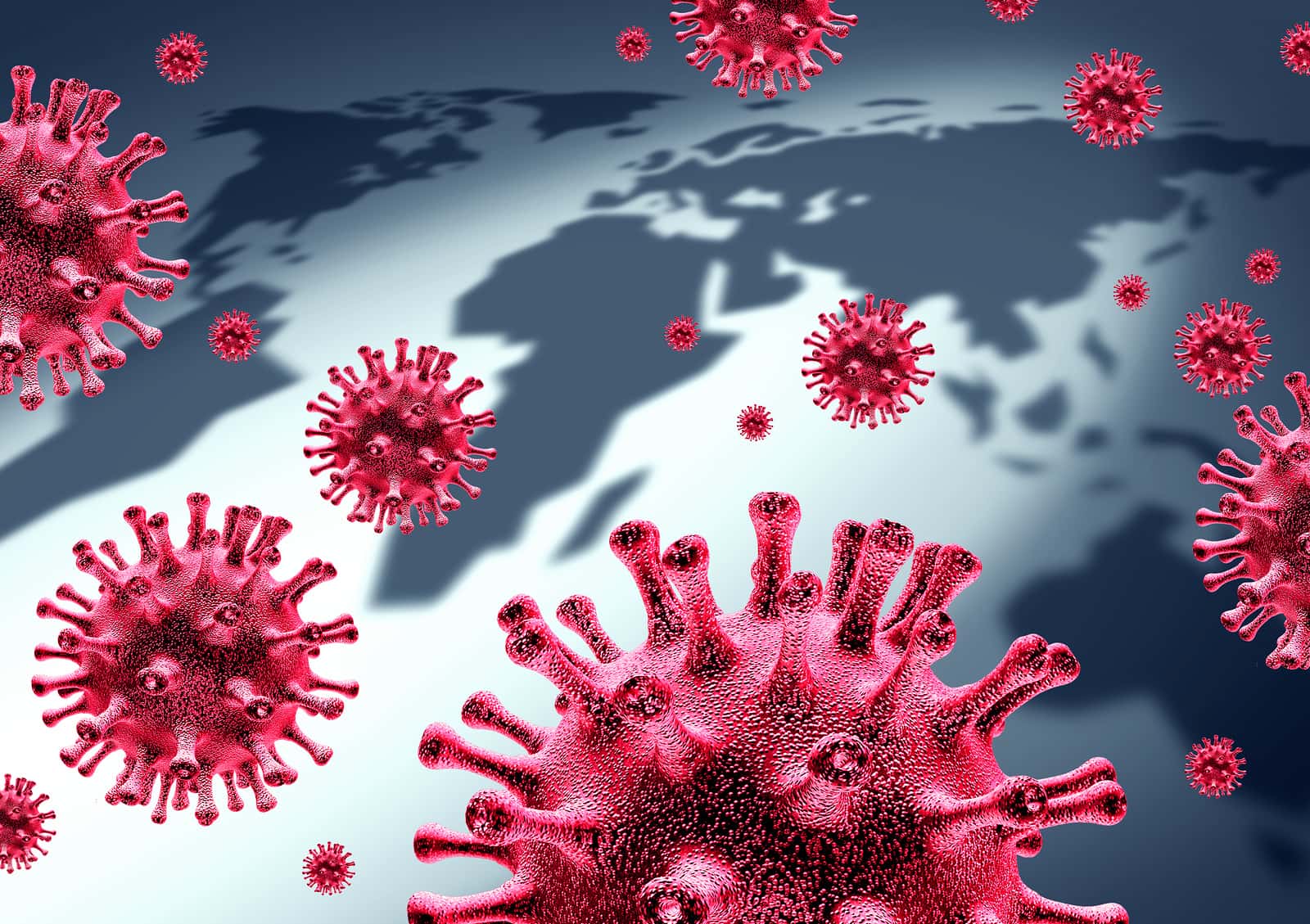
The first “official” case of COVID was reported in the United States on January 21, 2020. But we suspect that SARS-CoV-2 was circulating substantially sooner. New data suggest that people were catching the coronavirus in December, 2019. That means that COVID actually arrived weeks earlier than the experts believed. We were losing the battle before we knew it had even begun.
The CDC Announces the Arrival of COVID-19:
Here is the official CDC proclamation (January 21, 2020):
“The Centers for Disease Control and Prevention (CDC) today confirmed the first case of 2019 Novel Coronavirus (2019-nCoV) in the United States in the state of Washington. The patient recently returned from Wuhan, China, where an outbreak of pneumonia caused by this novel coronavirus has been ongoing since December 2019. While originally thought to be spreading from animal-to-person, there are growing indications that limited person-to-person spread is happening. It’s unclear how easily this virus is spreading between people.
“The patient from Washington with confirmed 2019-nCoV infection returned to the United States from Wuhan on January 15, 2020. The patient sought care at a medical facility in the state of Washington, where the patient was treated for the illness.
“CDC is working closely with the state of Washington and local partners. A CDC team has been deployed to support the ongoing investigation in the state of Washington, including potentially tracing close contacts to determine if anyone else has become ill.”
When Did COVID Actually Arrive in the US?
New research shows that the virus was circulating in this country weeks earlier than the CDC says. The National Institutes of Health in its All of Us study has analyzed more than 24,000 blood samples taken between January 2 and March 18, 2020 (Clinical Infectious Diseases, June 15, 2021).
The scientists looked for antibodies to SARS-CoV-2, the coronavirus that causes COVID. They found positive samples as early as January 7 in Illinois, Massachusetts, Mississippi, Pennsylvania and Wisconsin. All these areas are distant from Seattle and New York City, which were considered the earliest ports of entry for SARS-CoV-2. This is before any known diagnoses in those states. People at the CDC had no idea that COVID actually arrived in the US in those states.
The investigators utilized two different strategies for analyzing antibodies. One of these included IgG, which shows up a few weeks after exposure to a pathogen. For these antibodies to show up in early January, infected people were most likely traveling around the country and spreading the virus in December 2019.
Who, What, When, Where and Why?
The CDC assumed that the first case of COVID-19 was in a man who traveled to the state of Washington from Wuhan, China. But the first cases identified in the new study were in African Americans (5 out of 9 samples) and Hispanic, Latino or Spanish (2 out of 9 samples).
How did these folks catch COVID-19? If people in the US were already infected in early or mid-December and they had never traveled outside the country, when did the first case of COVID actually arrive?
The Implications of the Study:
The authors of the new study conclude:
“Our findings indicate SARS-CoV-2 infections weeks prior to the first recognized cases in 5 US states.”
It is hard to fight a battle when you are unaware that the enemy is already inside your defensive perimeter. If there is a lesson to be learned, it is that surveillance for new infectious diseases must be more rigorous.
According to the Johns Hopkins Coronavirus Resource Center (June 17, 2021), 600,880 US citizens have died from COVID-19. Worldwide 3,836,092 lives have been lost. And 177,201,586 have contracted the virus. We have no idea how many people will suffer long COVID. Millions of “long haulers” could have the quality of their lives affected for years to come.
Let’s hope that the next time there is a new viral outbreak, our public health authorities are better prepared.
Citations
- Althoff, K. H., et al, "Antibodies to SARS-CoV-2 in All of Us Research Program Participants, January 2-March 18, 2020," Clinical Infectious Diseases, June 15, 2021, https://doi.org/10.1093/cid/ciab519

